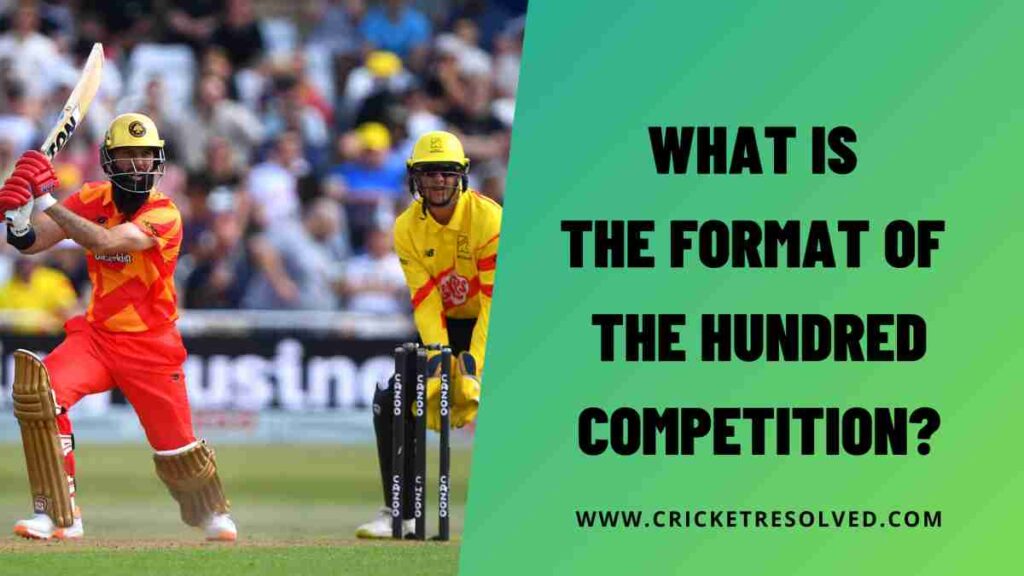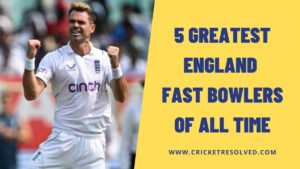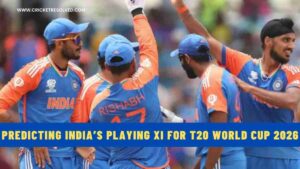If you’ve watched any T20 or ODI match, you’ve definitely heard lots of people talking about the importance of the death overs or bowling or batting at the death.
You’ll probably be surprised the first time you hear these cricket terms because it’s not immediately clear what the word ‘death’ has to do with cricket!
However, these words and phrases define a key aspect of the game that must be understood in order to get hold of the things happening on the screen.
So, what precisely are death overs, and what do people mean when they say batting or bowling at the death?
Death Overs in Cricket
In the shorter versions of cricket, the death overs are the final few overs of an innings. The last 4/5 overs of a T20 match are usually referred to as the death overs. The last 10 overs of a 50-over match are commonly referred to as the death overs.
It should be mentioned that some individuals refer to death overs as slog overs, so if you hear that word, simply know that slog overs and death overs effectively mean the same thing!
Certain batters and bowlers are better suited to performing in the death overs; hence, it is the batting and fielding teams’ responsibility to ensure they have the best combinations of players batting/bowling at this time.
Batting Side
Batting sides will be attempting to score as many runs as possible in the death overs; therefore, batters who can hit boundaries and consistently get the ball on the ball are preferred. These players are commonly known as ‘finishers’ since they flourish at the end of an innings during the death overs.
These players are typically middle-order batsmen who have expertise in earning wins for their side and executing a variety of shots under tremendous pressure.
Bowling Side
During the death overs, the bowling side’s purpose is to restrict the flow of runs as much as possible and, preferably, to take regular wickets, disrupting the batting team’s momentum by constantly bringing fresh players to the crease.
Bowlers bowling in the death overs must be accurate, have a decent variation of deliveries (such as slower balls, yorkers, or rapid bouncers), and be calm.
Which Bowling Style is Most Effective in Death Overs?
Typically, only quick bowlers are asked to bowl in the death overs. This is due to the perception that spin bowlers are considerably easier for batsmen to be aggressive against because they bowl much slower than most quicks.
Also Read | 21+ Types of Bowling in Cricket: A Comprehensive Guide
Who are the Best Death Over Bowlers?
Lasith Malinga is arguably the greatest death bowler of all time, and he was also a master at consistently delivering quick, inswinging yorkers. This made him extremely difficult to target for batsmen.
Pakistan’s Umar Gul and India’s Jasprit Bumrah both possessed the same set of skills. Death bowlers such as Dwayne Bravo and Tymal Mills have slower balls that may fool batters in flight. As a result, batsmen never know which delivery will be quick and which will be slow, making it difficult for them to attempt aggressive shots.
Only the absolute best spinners and medium pacers would ever be considered for death over bowling. Rashid Khan, despite his lack of experience in this capacity, would make an exceptional death bowler. Adil Rashid has also played the role for England on a few occasions.
A spinner performing this role must ensure that they have a variety of bowling variations at their disposal and that they collaborate with their captain to ensure that they bowl according to a precise plan of attack.
Shaheen Shah Afridi, given his commanding presence and the fact that he has swiftly established himself as one of the world’s most skilled fast bowlers, his ability to bowl blisteringly quick yorkers, along with his left arm angle, elevates him to the top of the world rankings. He’s also tremendously deadly with the new ball and will undoubtedly win a lot of games for Pakistan in the coming years.
Mitchell Starc is another left-arm pace bowler who can bowl deliveries at speeds in excess of 90mph. He can swing the new ball and reverse swing the old ball, making him lethal at the start and end of an inning. Starc possesses a terrific yorker that makes him a force to be reckoned with for batters attempting to attack him.
Also Read | What is a Yorker in Cricket?
Who are the Best Death Over Batters?
Without a doubt, Jos Buttler is one of the world’s most destructive and dangerous middle-order batsmen. He is an effective finisher for England’s limited overs side. Buttler is an innovative batter and a complete 360-degree player, which makes him a nightmare for any team to bowl to.
MS Dhoni, India’s match-winning wicketkeeper batter between 2004 and 2019, embodies the ‘finisher’ label in practically no other way. Throughout his international career, Dhoni was noted for his ability to get India over the line in the late stages of an innings. He has also effectively exhibited his talents in the IPL for several years.
Kieron Pollard has been a legend in limited-overs cricket for many years. His performances in the top T20 leagues throughout the world, as well as his involvement in the West Indies’ excellent limited-overs teams, have only added to his reputation.
To put it simply, Pollard is a fantastic ball hitter. He has the ability to hit any bowler into the stands, which he routinely proves. He became one of only a few batsmen in cricket history to knock 6 sixes in an over, demonstrating his propensity to hit sixes in death overs.









One Comment